Keeping track of new cars and knowing when they’re due to go on sale can be tough, especially if you’re only interested in EVs.
There are so many due to arrive over the course of the next twelve months, so it’s worth discovering how long you’ll be waiting for the one you want to go on sale.
2020 produced an influx of major new models from mainstream manufacturers, including the Volkswagen ID 3, Honda E and Vauxhall Corsa-e, despite an ongoing global health emergency, as well as the first models from new brands, such as the Polestar 2. 2021 looks to be even more stacked, as manufacturers work hard to meet increasingly tough emissions rules with the introduction of more all-electric models.
New Cars 2020: what's coming this year and when?
Here's our comprehensive list of what EVs are coming when in the car industry.
February
Mercedes-Benz EQV
The luxury van-based MPV made its official debut back in August, but isn't set to reach UK forecourts until early this year. It’s one of the first in its class to go on sale and borrows much of its styling from the conventional V-Class model.
A range of 213 miles is promised, along with a choice of seating configurations and prices starting from just over £70,000.
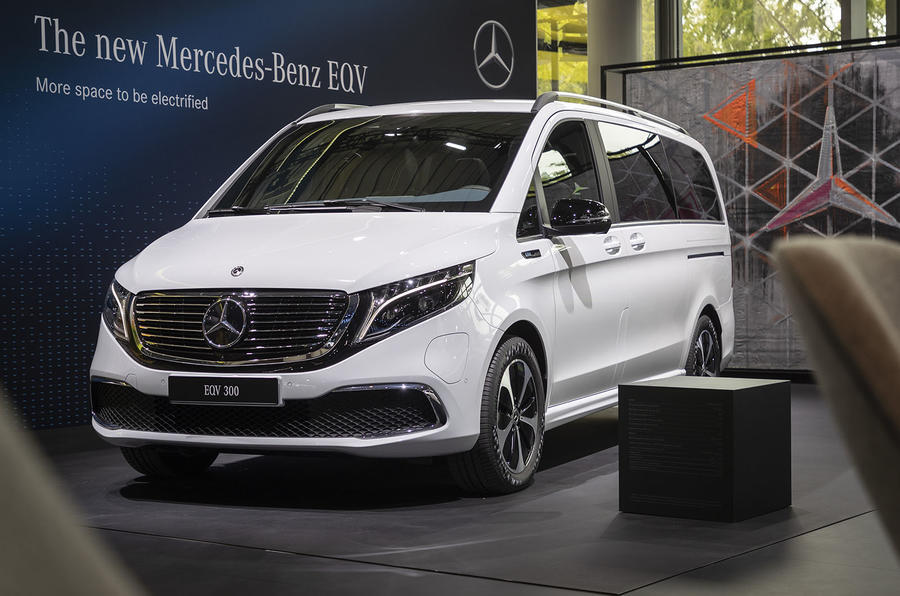
Volvo XC40 Recharge P8
The company’s very first electric vehicle, the XC40 Recharge, paves the way for what will quickly become an entire range of EV-adapted versions, rather than brand-new ones designed around batteries and electric motors. That means an electric XC90 will follow.
Hardware will be shared with the Polestar 2, which has already arrived on UK shores, with customers having to wait until the tail end of 2020 to see the XC40 Recharge on the road. It delivers 402bhp from twin electric motors and promises 248 miles of range. Pricing has been revealed at £53,000 - nudging the Recharge over the government's updated plug-in car grant maximum cost - although First Edition models cost a chunky £59,985.


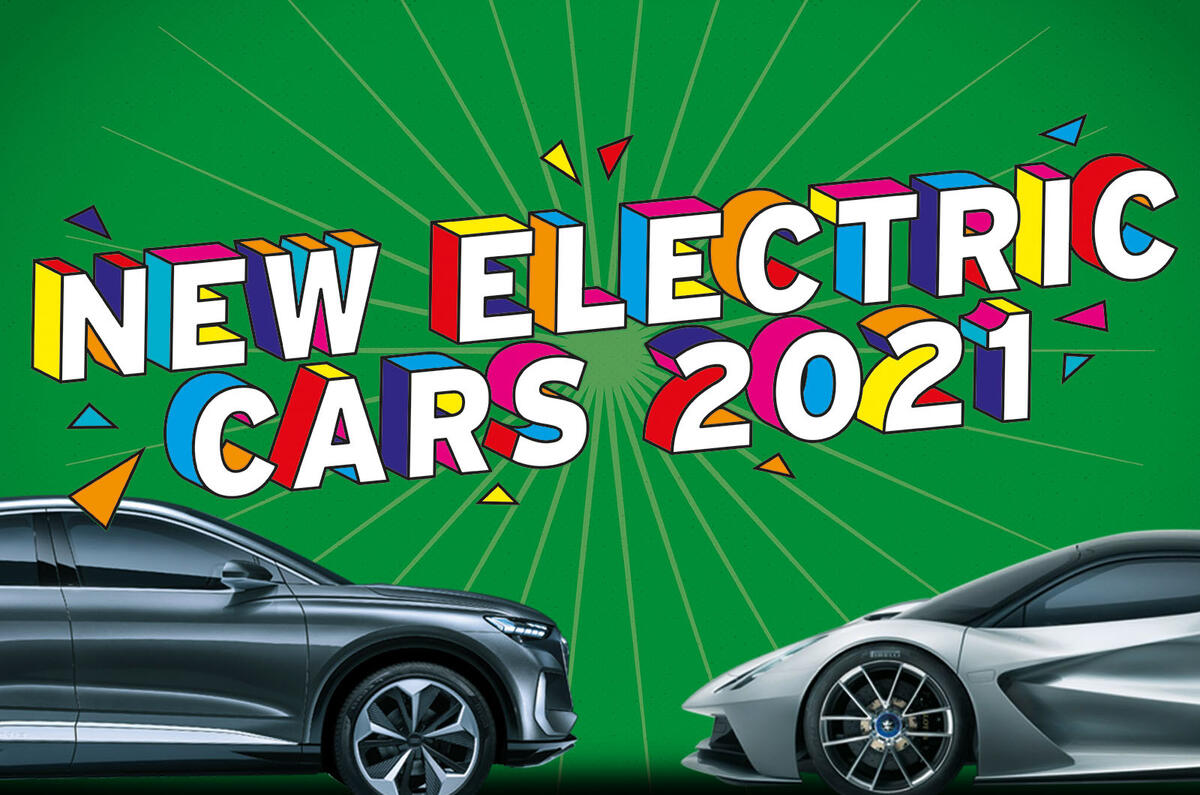





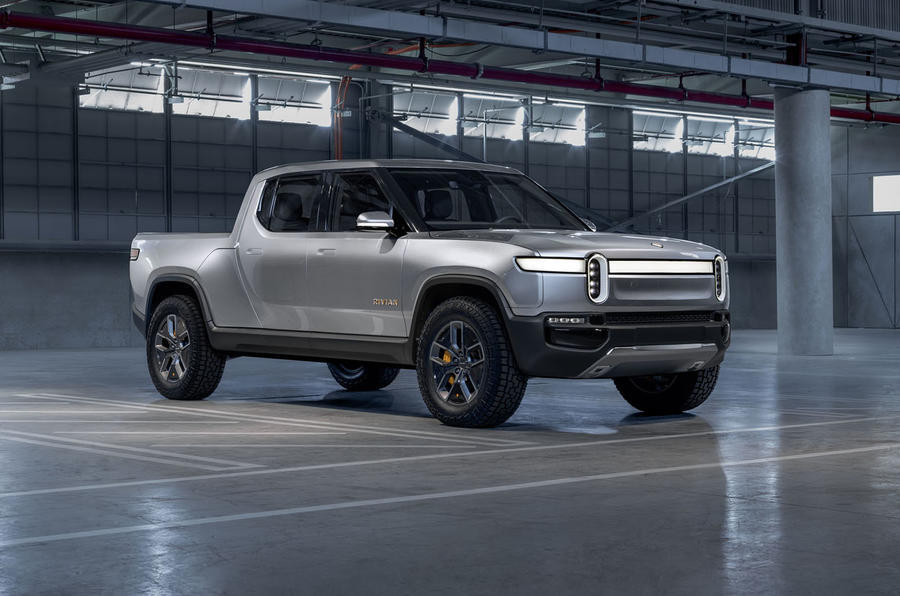


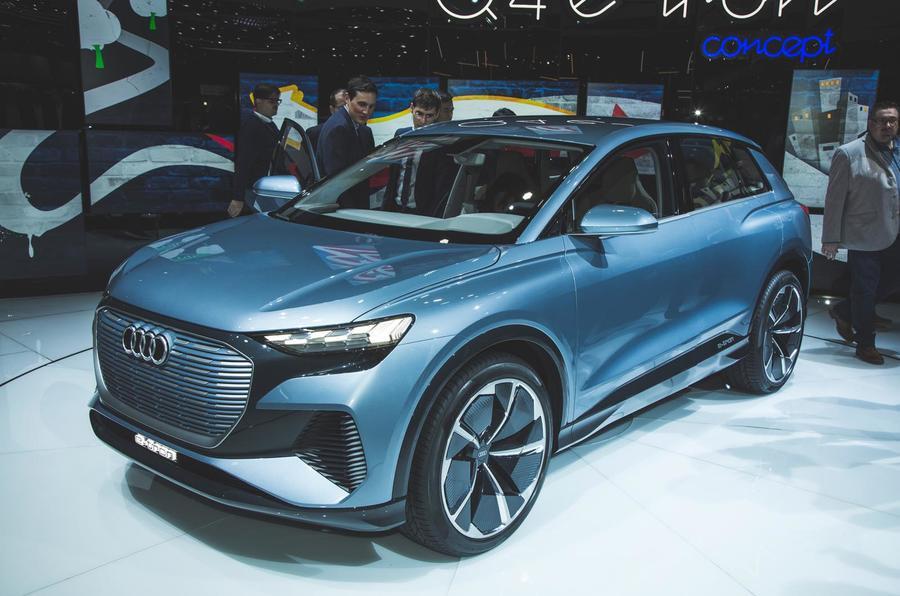
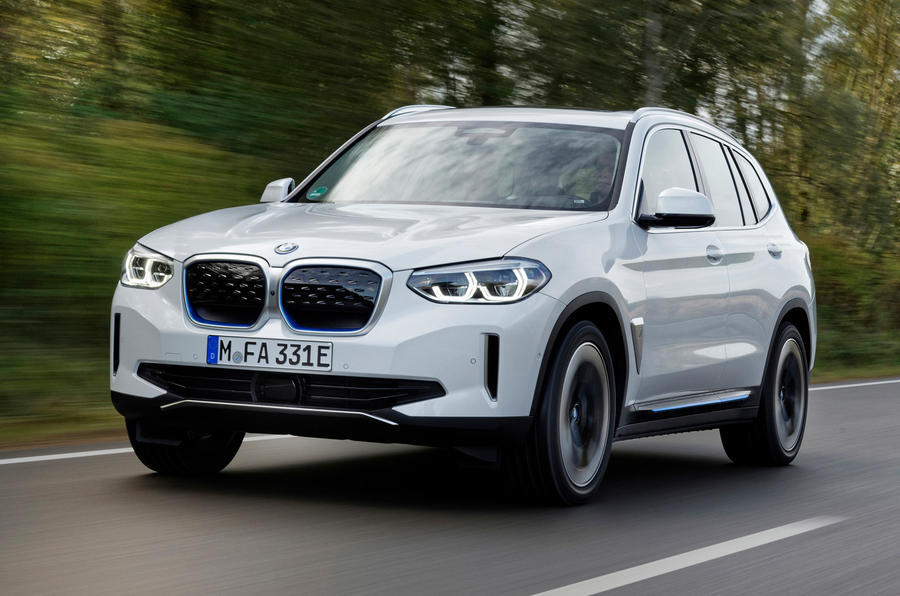
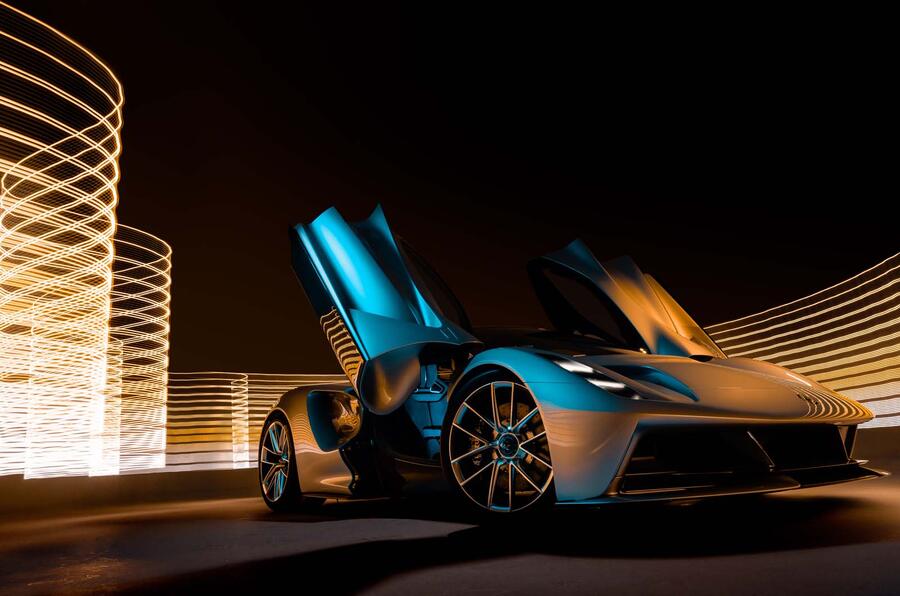
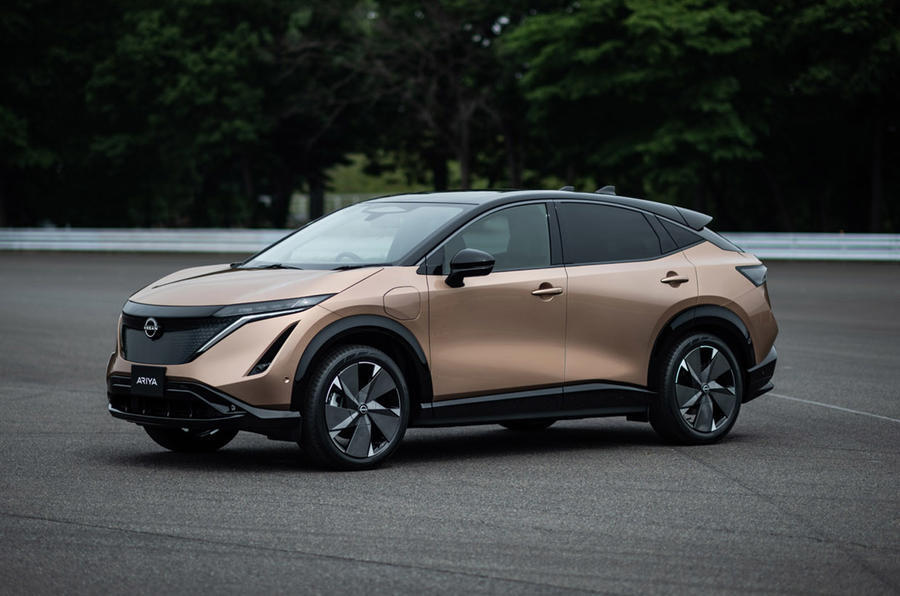
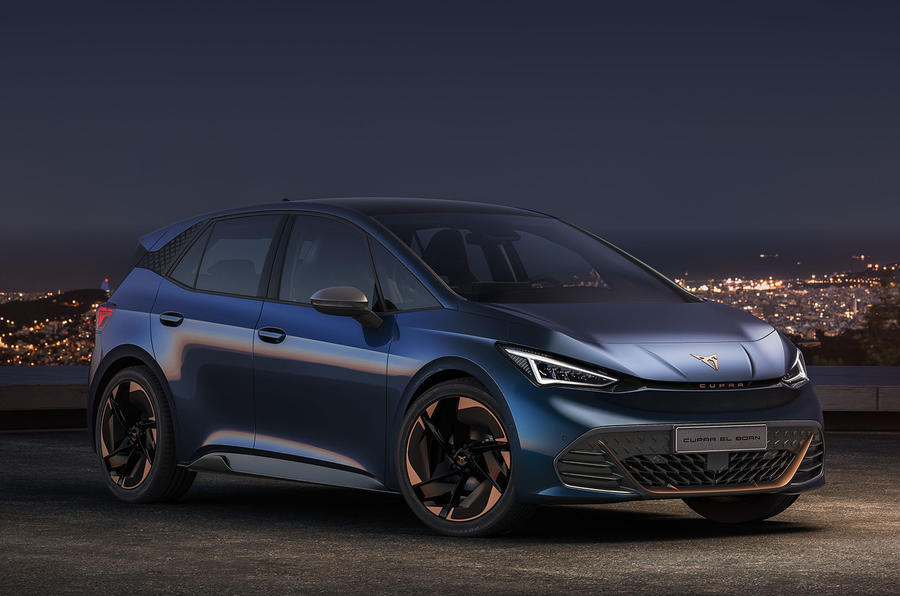
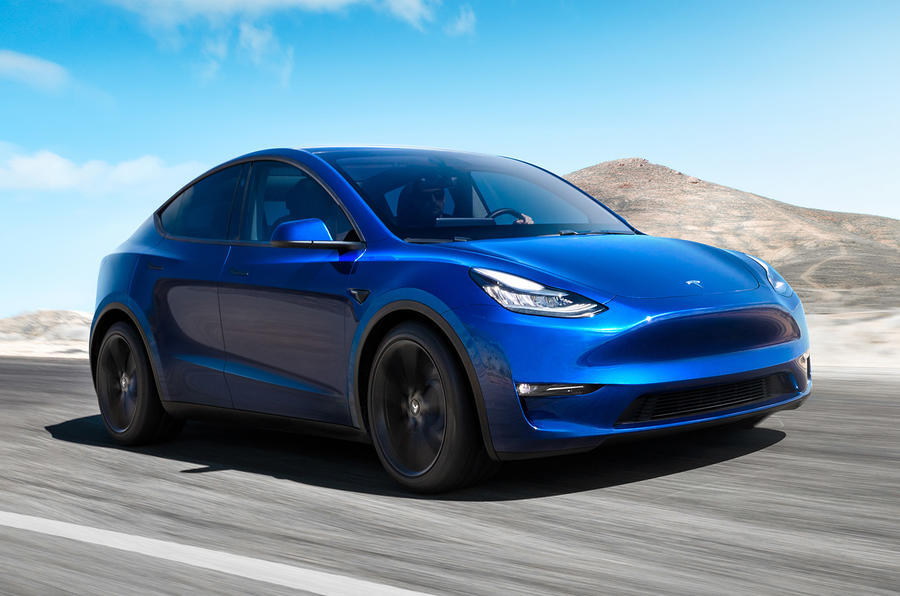

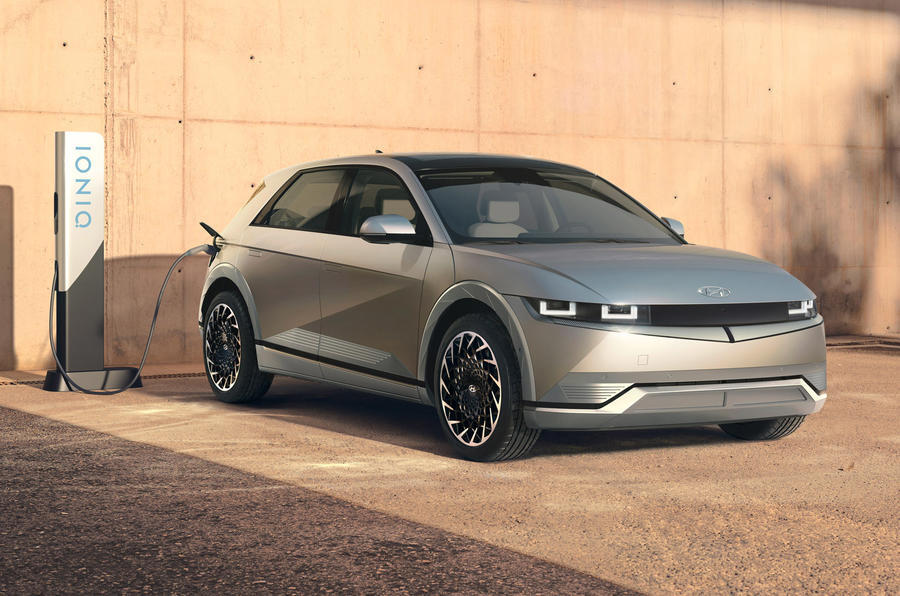
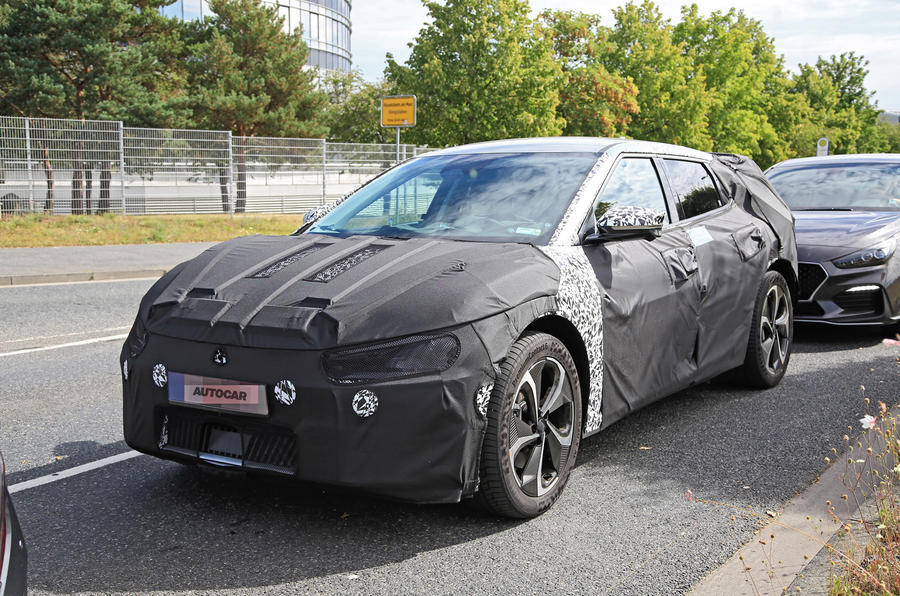

Join the debate
Add your comment
anyone else not liking the bmw ix
Whoo whoo
Barely any maintenance, cheap to run, more electric pumps than petrol stations, not that you really need them if you charge from home.
It take me 3 seconds to charge, I plug in and leave it. The car starts charging at 1am. Super cheap energy.
I can barely remember having to find a petrol station, wait to get to a pump, then need to lean on the car for 10 mins doing a fill up. What a waste of our lives.
It's still funny people think they need a range of 600 miles when they don't get that out of their own cars.
Nice sarcasm....
As an active EV driver, once you're smart enough to switch, you'll never switch back. Barely any maintenance, cheap to run, more electric pumps than petrol stations, not that you really need them if you charge from home. It take me 3 seconds to charge, I plug in and leave it. The car starts charging at 1am. Super cheap energy. I can barely remember having to find a petrol station, wait to get to a pump, then need to lean on the car for 10 mins doing a fill up. What a waste of our lives. It's still funny people think they need a range of 600 miles when they don't get that out of their own cars.
***
What's so smart about paying £40,000 for a car when I can buy a similar ICE car for half that?
Barely any maintenance - but you still have to pay a lot for servicing, no matter how straight-forward it is. And all cars need tyres, wiper blades, brake linings, the cost of electricity when charging away from home (like many will have to with quite a few EVs still having such disappointing range) and have to be insured and covered for breakdowns (EVs can't be towed away either). That's not mentioning depreciation or deteriorating batteries that may need replacing either.
3 seconds to charge an EV? What model is that? A made up one?!
My current ICE car does 500 miles on a tank of petrol which means I'd expect an EV to do that too but there are none that can. I'd much rather spend 2 minutes filling an ICE car with fuel than 30 minutes buying an expensive coffee to kill time whilst waiting for my EV to charge after telling the ICE BMW X5 driver to get out of the EV bay.
gavsmit wrote:
No, you can't. Not new, at least. £40k, I assume you mean a Tesla Model 3 Standard+. For a BMW 3-series with similar performance, that'll be £39k for a 330i, or £41k for the diesel.
Admittedly that's a rare example, most EVs are significantly more expensive up front than combustion equivalents (not *double* though), but they're roughly similar in the long term when fuel and maintenance costs are factored in.
Sticking with BMW, the 3-series needs servicing every year, the i3 every two years. Brakes typically last over 60k miles because most braking is done via motor regen. Battery degradation isn't really a problem on liquid-cooled EVs unless you're doing monster mileages; they're warrantied for 100k miles anyway.
Read Simon's post again. I'll second what he said, I've yet to spend *any time at all* waiting for mine to charge.
On long journeys I plug in at a supermarket or cafe, and by the time I'm done, it's ready to go. The car may be short-ranged by combustion standards [not all are - the new electric Hummer has almost the same range as the old H3], but it's long enough to go further than I'm comfortable driving in one sitting. The other 95%+ of charging is at home, or occasionally topping up at a venue offering free charging. YMMV - if you routinely spend all day on the road, or live in a terraced house with no local on-street charging provisions, that won't be your experience.
My EV fills up automatically on my driveway, which means I'd expect an ICE to do that, but there are none that can! I'd much rather avoid standing in the teapot position waiting for my car to fuel *every 500 miles for the lifetime of the car*, queuing up at some greasy kiosk full of overpriced snacks that I'd never visit otherwise, and paying through the nose for that dubious privilege.
Tesla Roadster
... Is due out in 2022, not 2020! It shouldn't be listed in this article, Autocar.
Tesla has been focusing on Model Y and Cybertruck production. The Roadster is scheduled to be released after the Cybertruck, which is due in 2021.
Cybertruck 2021, no chance.